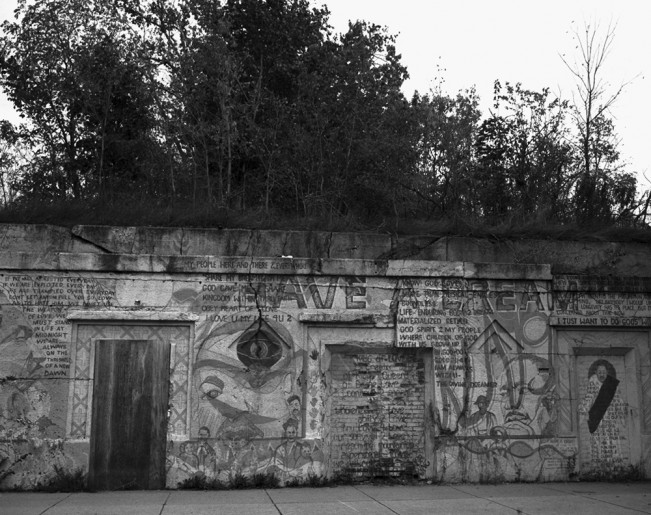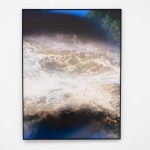Susan Berger: Martin Luther King Blvd.
Susan Berger looks at America with one unifying element: Martin Luther King Blvd. In many cities around the United States, a street has been named in his honor and her project, Martin Luther King Blvd., examines the commonalities of the communities that surround it.
Susan earned her BA degree in English at the University of Illinois in Champaign-Urbana and studied photography at Columbia College in Chicago, IL and in the Master of Fine Arts photography program at the University of Arizona. From December 2007 until June 2009, she was studio and administrative assistant to Frank Gohlke, the noted landscape photographer. She has been awarded the Artist’s Project Grant by The Arizona Commission on the Arts. Her work has been featured in several journals and has been exhibited widely. In 2010, she was invited to exhibit in China at their first international photography exhibition. Her work is in the permanent collections of The Cleveland Museum of Art, The Museum of Fine Arts Houston, The Southeast Museum of Photography, The Lishui Photography Museum of China and Roosevelt University in Chicago.
Susan Berger’s photography is project-driven, documenting her observations of the details of Americana. While there is much discussion of the regional differences of our country, Susan is impressed with the similarities. She sees that the same concepts, thoughts and impulses are found throughout the country with a variety of interpretations. She travels the country recording those interpretations.
Martin Luther King Blvd.
Martin Luther King led the first Negro non-violent demonstration and inspired people with his dreams of equality and freedom. Since his assassination in 1968, the Civil Rights Bill has been enacted into law, his birthday has been declared a national holiday and cities all over the nation have renamed streets to acknowledge him. In 2009, I embarked on a series of trips around the country to photograph along Martin Luther King Blvd in cities that had renamed streets to honor the civil rights leader. Like Robert Frank, I traveled the country recording everyday Americana—not the amber waves of grain or purple mountain majesties—but the dirt and grit of everyday life.

In some cities the street runs through a park or is even a country lane, but most often the streets are in neighborhoods inhabited by those whose lives were affected most directly by Dr. King. Often his image, words and name are used as a reminder and encouragement to the residents. Like Walker Evans, I’m drawn to the signs I find on the buildings. The question is raised in my mind: where is the best place to honor a man like King? Should the street run through a central park that is used by everyone, as in Philadelphia; or should the street run through the neighborhood, as in Chicago and Jersey City? In Little Rock, the street leads to the capital building.

All of my memories of the civil rights movement are in black and white. I recall the newspaper photographs and the newsreels. Even the television news was in black and white. My photographs are black and white, recalling the imagery from that period. Although the photographs from the movement are often filled with violence, defiance or determination, the streets today are mostly quiet.

What I don’t see here are people. We have become such a mobile society that I don’t find many people walking the streets. The few people I do meet are enthusiastic about what I’m doing, proud of their neighborhoods and eager to point out things to photograph. They aren’t concerned that I’m a white woman photographing their neighborhood.

Posts on Lenscratch may not be reproduced without the permission of the Lenscratch staff and the photographer.
Recommended
-
Paccarik Orue: El MuquiDecember 9th, 2025
-
Jackie Mulder: Thought TrailsNovember 18th, 2025
-
Interview with Maja Daniels: Gertrud, Natural Phenomena, and Alternative TimelinesNovember 16th, 2025
-
Mara Magyarosi-Laytner: The Untended GardenOctober 8th, 2025
-
Conner Gordon: The OverlookOctober 4th, 2025





































































